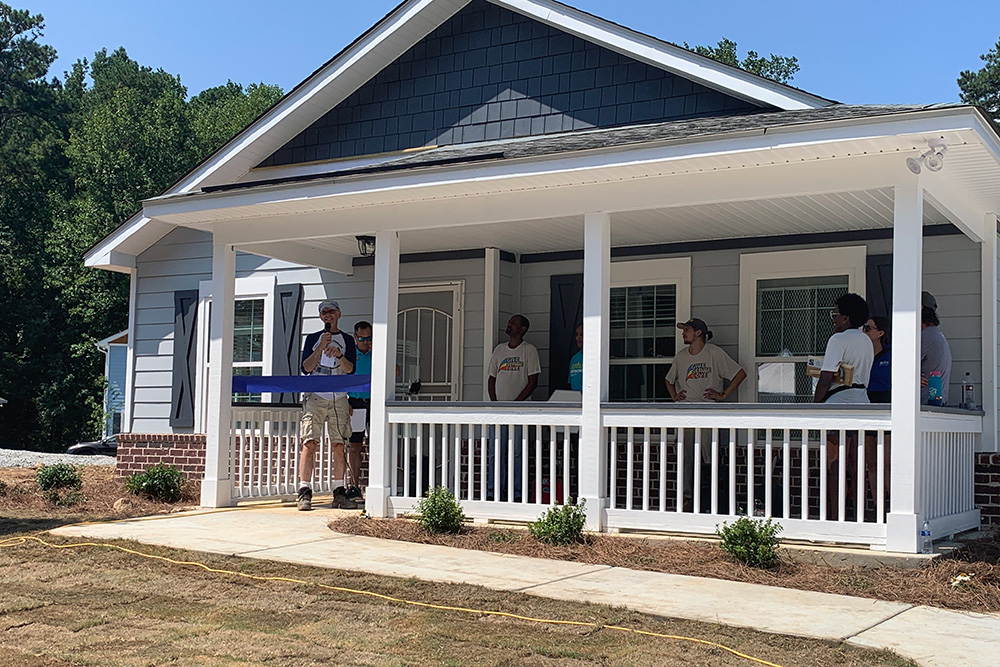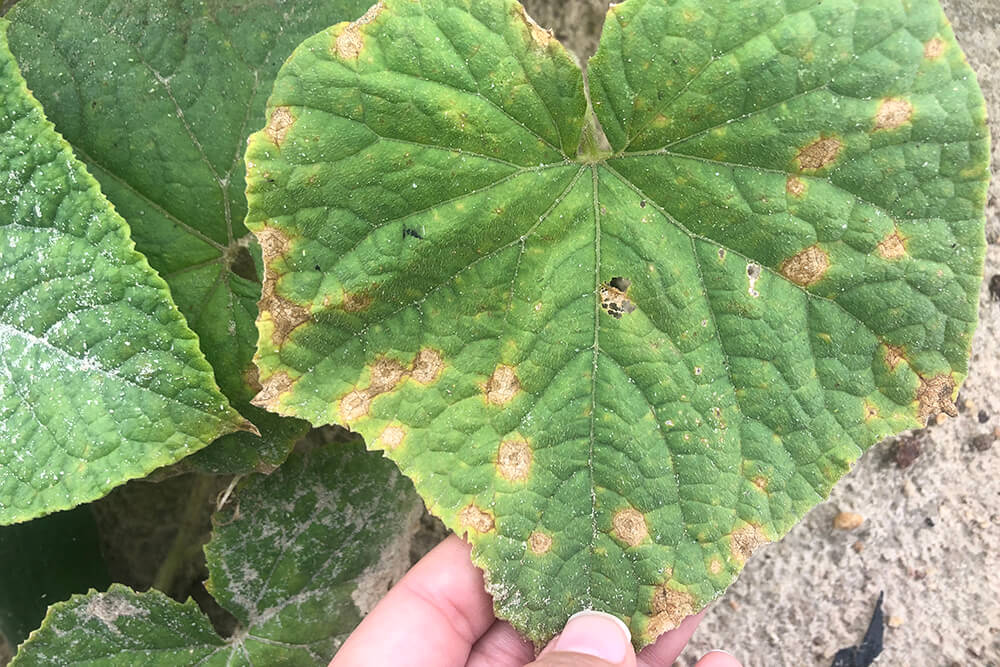Screen actor and television personality Dwayne “The Rock” Johnson recently made the difficult decision to euthanize one of his French bulldog puppies. Typically, this decision follows a diagnosis of debilitating illness. Johnson’s dog became ill just hours after eating a mushroom that was growing on the actor’s lawn.
“This mushroom happened to have a lethal toxicity and within hours it was rapidly destroying his liver and immune system to the point of no return. I encourage all of you out there to be mindful of mushrooms in your yards, parks or anywhere outside (where) your dogs play,” said Johnson via his Instagram account.
Mushrooms can be difficult to identify. At the University of Georgia, Jean Williams-Woodward refuses to identify mushroom species solely by looking at photographs, despite her 24 years of plant pathology expertise.
“Homeowners often bring specimens into their UGA (Cooperative) Extension agent’s office for identification,” she said. “I always caution the agents not to identify the species because you can’t give an accurate identification, and an inaccurate identification can be deadly.”
Recently, Williams-Woodward studied a photograph that was submitted to an agent in north Georgia.
“To illustrate the point in problems with identification of fungi from images, I disagreed with the agent, who thought the image was a Ganoderma species. It looked to me to be more like an Inonotus (species), but again, I wasn’t sure,” she said. “To me, there looked to be at least four different fungal species in the images submitted to the county agent.”
To give an accurate identification, Williams-Woodward needs to examine a sample of the mushroom in her laboratory on the UGA campus in Athens, Georgia. If there is more than one sample, she needs to know if they all came from the same landscape bed or tree or if they were harvested from beneath different trees and in different areas.
“With mushrooms, the host makes a difference. Because of the potentially deadly consequence of misidentification of mushrooms, samples should be sent to UGA’s (Distance Diagnostics through Digital Imaging) laboratory in Athens through your UGA county agent,” she said.
A mushroom fungus cannot be correctly identified based solely on the shape of the cap or conk, she said. Williams-Woodward asks a series of questions to help her identify a mushroom species: Do the mushrooms or conks have gills, pores or teeth? What is the gill-pore-teeth arrangement? What is the spore print color? What is the host?
“All these questions (and more) need to be answered to accurately identify a fungus,” she said.
In Georgia, the Mushroom Club of Georgia attracts members who enjoy studying, collecting and learning about mushrooms. The club hosts workshops on mushroom cultivation in logs and recycled materials, using mushrooms to dye wool and silk and photographing mushrooms.
“We may take a trail walk and find 30 different mushroom species, but only three of those will be edible,” said Sam Landes, the club’s treasurer, during a talk at the UGA Extension office in Fayette County. “If we find some we can eat, that’s a nice bonus, but that’s not our club’s primary focus.”
Landes and Cornelia Cho, club president, recently led a mushroom cultivating class at the Fayette County Extension office. Participants learned how to cultivate edible mushrooms by mixing newspaper-based cat litter, guinea pig food and pink oyster mushroom inoculate. Three weeks after the class, participants harvested mushrooms from their class project.
“Even some edible mushrooms can give you unpleasant (gastrointestinal) effects,” said Cho, a pediatrician in Marietta, Georgia. “Raw or undercooked shitakes can give you a rash, too. And morels will make you quite sick if you eat them raw.”
During a talk following the class, Landes educated the group on mushroom types and several new uses for the fruiting bodies of fungi, like water filters, shipping material and as a means of soil remediation.
He stressed the dangers of eating poisonous mushrooms and gave an example based on novelist Nicholas Evans, writer of “The Horse Whisperer.” Evans harvested and served his family what he believed were caps and edible mushrooms. The mushrooms were actually lethal webcaps and the author and two family members fell seriously ill hours later and required immediate dialysis to replace their failing kidneys. They have all since undergone kidney transplants as a result of eating the meal of mushrooms cooked in butter and parsley.
To learn more about the Mushroom Club of Georgia, visit gamushroomclub.org.







.png)